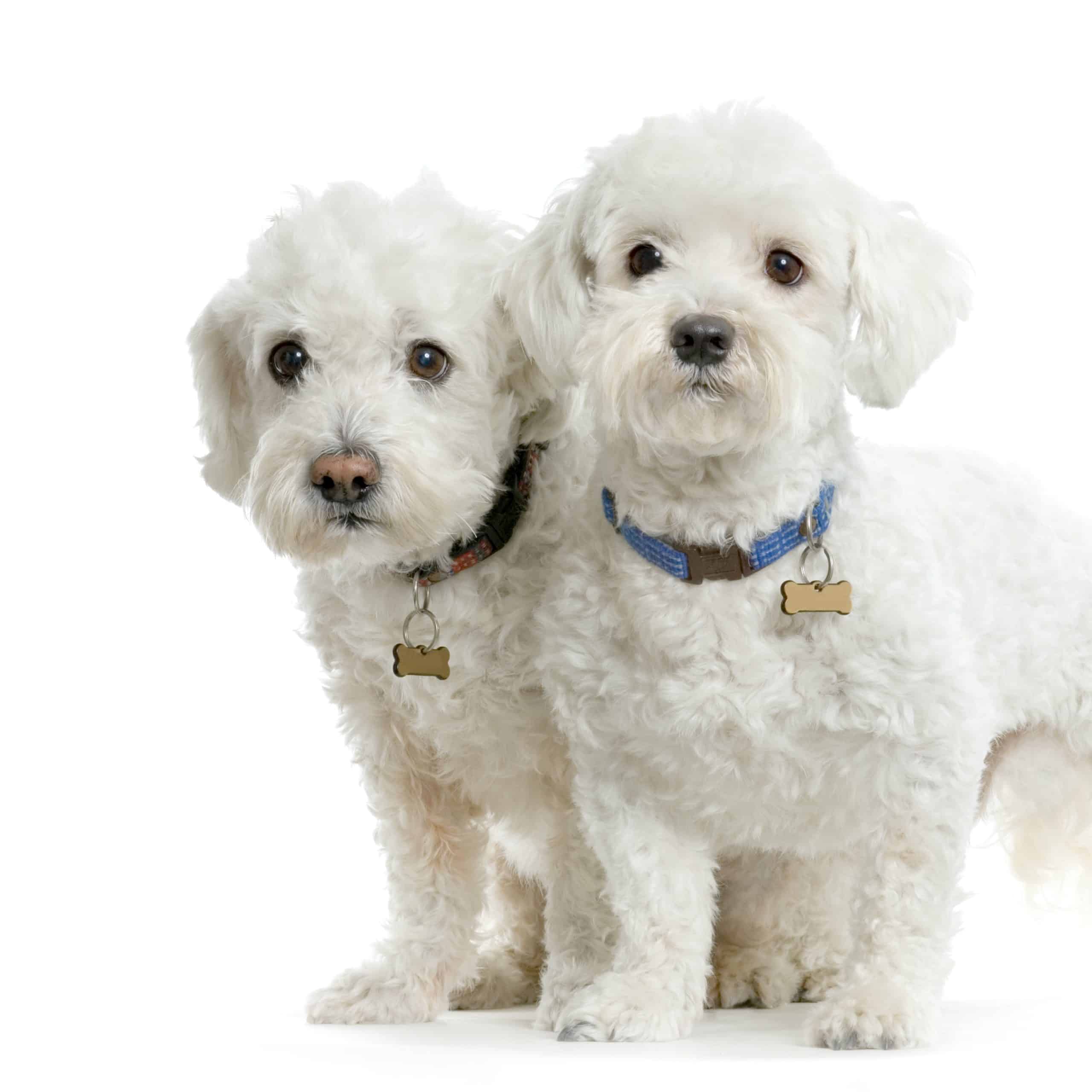What Are the Key Considerations for Constructing Pet-Friendly Residential Buildings?

Regardless of whether you’re a pet owner or not, it’s hard to ignore the growing trend of pet-friendly housing in today’s real estate market. As a property owner, adopting a pet-friendly policy can attract a larger pool of potential tenants, but building a pet-friendly residential building requires careful planning and understanding of the unique needs of pets and their owners. From building design to policy development, let’s explore the key considerations for creating a space where residents and their animal companions can live harmoniously.
Understand the Basics of Pet Ownership
Before diving into the specifics of construction, it’s important to have a firm understanding of the needs and concerns of pet owners. When it comes to housing, the needs of pet owners can significantly diverge from those of residents without pets.
Sujet a lire : What Are the Pros and Cons of Investing in UK Buy-to-Let Properties in the Post-Brexit Era?
Consider the types of pets that potential tenants might bring with them. Cats and dogs are the most common, but birds, rabbits, and even reptiles may also be part of the mix. Each type of pet has unique needs for space, exercise, and care that should factor into your building and policy decisions. For instance, dogs typically need ample space to run and play, while cats may require spaces to climb and scratch.
The demographic of pet owners is also diverse. Some may be families with children who see pets as part of their family, while others may be single individuals who value the companionship of their pet. Understanding the variety of residents you’ll be catering to can help you design your pet-friendly residential building to meet a range of needs.
A découvrir également : What Is the Impact of the UK’s Building Safety Act on New Construction Costs?
Prioritizing Design Elements for Pet-Friendly Housing
The key to a successful pet-friendly property lies in the careful planning of design elements. Your building should not only be comfortable for animals, but also minimize potential damage caused by pets, provide opportunities for exercise and socialization, and ensure the safety of all residents.
To accommodate dogs, consider incorporating a designated dog park or play area into your property. This will give dogs a place to expend energy and socialize with other dogs, ultimately reducing the likelihood of nuisance behaviors in the apartment. If your property does not have the space for a dog park, consider including a dog washing station or pet-friendly amenities such as pet waste stations throughout the property.
For cats, consider designing apartments with built-in climbing shelves or trees, as well as scratch-resistant flooring and window screens to prevent escapes. Providing these amenities can significantly reduce damage caused by scratching and other common cat behaviors.
Safety should also be a top priority. Ensure that all areas accessible to pets are secured to prevent accidents or escapes. This includes enclosing outdoor areas, securing windows and balconies, and using pet-safe materials in common areas.
Implementing a Pet-Friendly Policy
While the physical design of your property is crucial, an effective pet-friendly policy is equally important. This policy should clearly outline the rules and expectations for pet owners, as well as the consequences for not adhering to these rules.
In creating your policy, consider issues such as pet size and breed restrictions, the number of pets allowed per unit, and requirements for spaying/neutering and vaccinations. Ensure that your policy is in line with local laws and housing regulations to avoid potential legal issues.
Make sure to clearly communicate your policy to all potential and current tenants. This will prevent misunderstandings and ensure that everyone is aware of their responsibilities as pet-owning tenants.
Balancing the Needs of Pet-Owners and Non-Pet Owners
While catering to the needs of pet owners, it’s crucial to consider the comfort and safety of tenants who do not own pets. Pet-friendly policies should include measures to prevent nuisances caused by pets, such as noise, odors, and damage to common areas.
Consider implementing quiet hours to minimize noise disruption, particularly in buildings with thin walls or close living quarters. Regularly schedule professional cleaning of common areas to eliminate pet odor and allergens. Also, ensure that your building has adequate insurance coverage to address potential damages caused by pets.
When creating shared spaces, consider having separate areas for pet owners and non-pet owners. This way, tenants who aren’t comfortable around animals can still enjoy the amenities your property offers.
Maintaining a Pet-Friendly Building
Once your pet-friendly residential building is up and running, regular maintenance and updates are key to maintaining a peaceful living environment for all residents. Regularly review and update your pet policy as needed, and ensure that all residents are aware of any changes. Regular inspections of pet-friendly amenities and areas are also essential in keeping them functional and safe.
Creating a pet-friendly residential building is more than just allowing pets. It’s about creating a community where pets and their owners feel welcomed, while also ensuring the comfort and safety of all residents. By considering these aspects, you can create a rental property that not only attracts a wider range of potential tenants, but also fosters a harmonious living environment for everyone.
Setting Fair and Effective Pet Fees
Deciding on the appropriate fees for pet owners can be a delicate balancing act. On one hand, you want to cover potential costs associated with allowing pets in your rental property. On the other hand, you want to ensure the fees are fair and affordable to attract a wide range of potential tenants.
For example, landlords may consider a pet deposit, which is a refundable amount collected at the start of the lease to cover any potential damages caused by the pet. Some property managers might also charge a pet fee, a non-refundable one-time payment at the move-in stage, or pet rent, a monthly fee in addition to normal rent.
In your pet policy, be transparent about any fees. Specify what the deposit covers, whether it’s refundable, and how much the pet fee or pet rent is. This transparency helps avoid misunderstandings and ensures that pet owners understand their financial obligations.
However, it’s important to note that service animals are not pets. In accordance with the Fair Housing Act, landlords can’t charge tenants with emotional support or service animals any additional pet fees. Always check local and national regulations to avoid legal complications.
Dealing with Potential Pet-Related Issues and Complaints
Creating a pet-friendly environment does not mean that all tenants are pet lovers. Some may have allergies, fears, or just a general dislike of animals. Hence, it’s crucial to effectively manage potential pet-related issues and complaints to ensure harmonious living conditions for all residents.
Effective communication is a key element in this. Encourage tenants to voice their concerns or complaints, and take them seriously. Whether it’s incessant barking, a pet not on a leash in a common area, or allergens in shared spaces, these issues need to be dealt with promptly and efficiently.
Consider implementing a mediation process for any disputes that arise between pet owners and non-pet owners. This way, you can address problems before they escalate and affect the living conditions in the building.
Conclusion: Fostering a Pet-Friendly Community
In conclusion, constructing a pet-friendly residential building involves much more than just allowing pets. It requires careful planning and consideration of the needs of both pet owners and non-pet owners.
From understanding basic pet ownership, prioritizing design elements, implementing a pet-friendly policy, balancing the needs of pet owners and non-pet owners, setting fair pet fees, and dealing with potential pet-related issues, all these factors contribute to creating a community where everyone feels welcomed and comfortable.
Remember, a pet-friendly property can attract a broader pool of potential tenants, thereby increasing your potential rental income. It also fosters a sense of community and can enhance the reputation of your rental property.
As long as you carefully consider these key considerations and remain proactive in your management of the property, you can create a harmonious and profitable pet-friendly residential building.
